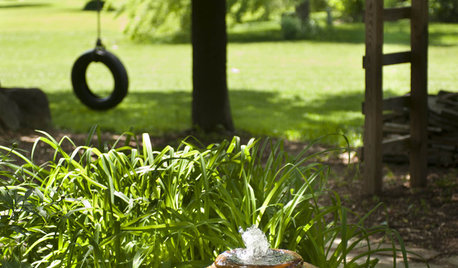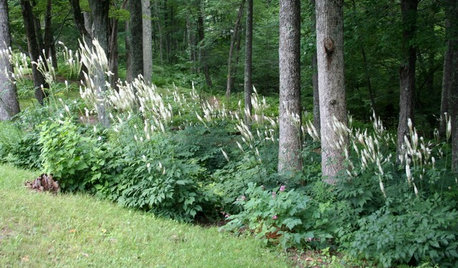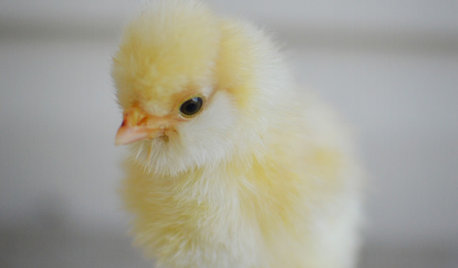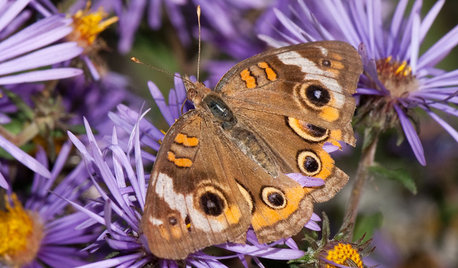Are buckeye and horsechestnut trees related?
jujujojo_gw
10 years ago
Related Stories

GARDENING AND LANDSCAPINGHow to Give Your Garden More Soul
Feel more at home in your garden by giving it deep, personal meaning
Full Story
HOLIDAYSSpend Less Without Being a Grinch: 8 Holiday Ideas
Give meaningful gifts and use nature's decor to work holiday magic without blowing your budget
Full Story
GARDENING GUIDESOh, Deer! 10 Native Flowers That Stand Up to the Herds
Keeping a garden amid hungry deer can be hard, but these plants should fare well
Full Story
GARDENING GUIDESGreat Design Plant: Actaea Racemosa
Elegant flowers top black cohosh in summer woodland gardens
Full Story
PETSWhat You Need to Know Before Buying Chicks
Ordering chicks for your backyard coop? Easy. But caring for them requires planning and foresight. Here's what to do
Full Story
COLORWhat Goes With Purple Walls?
Make a plum wall come alive with art, warm metals, ivory, chartreuse, natural wood — and at least one wild card
Full Story
FALL GARDENINGGreat Design Plant: Symphyotrichum Novae-Angliae Ushers in Fall
With bold purple flowers easily accessible to pollinators, New England aster offers loads of interest in the autumn garden
Full Story







Huggorm
flora_uk
Related Professionals
Beavercreek Landscape Architects & Landscape Designers · Birmingham Landscape Architects & Landscape Designers · Burlington Landscape Contractors · Concord Landscape Contractors · Holland Landscape Contractors · Norwalk Landscape Contractors · Stallings Landscape Contractors · West Haverstraw Landscape Contractors · Yukon Landscape Contractors · Clearfield Landscape Contractors · Annapolis Siding & Exteriors · Paterson Siding & Exteriors · St. Louis Siding & Exteriors · Columbia Decks, Patios & Outdoor Enclosures · Lebanon Decks, Patios & Outdoor Enclosuresjujujojo_gwOriginal Author
Smivies (Ontario - 5b)
jujujojo_gwOriginal Author
ken_adrian Adrian MI cold Z5
Smivies (Ontario - 5b)
jujujojo_gwOriginal Author
jujujojo_gwOriginal Author
jujujojo_gwOriginal Author
Smivies (Ontario - 5b)
jujujojo_gwOriginal Author
flora_uk
jujujojo_gwOriginal Author
Sara Malone Zone 9b
jujujojo_gwOriginal Author
Smivies (Ontario - 5b)
jujujojo_gwOriginal Author
flora_uk
jujujojo_gwOriginal Author
jujujojo_gwOriginal Author